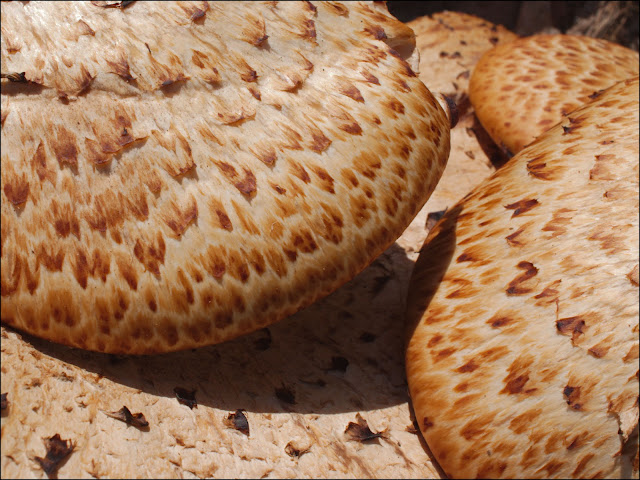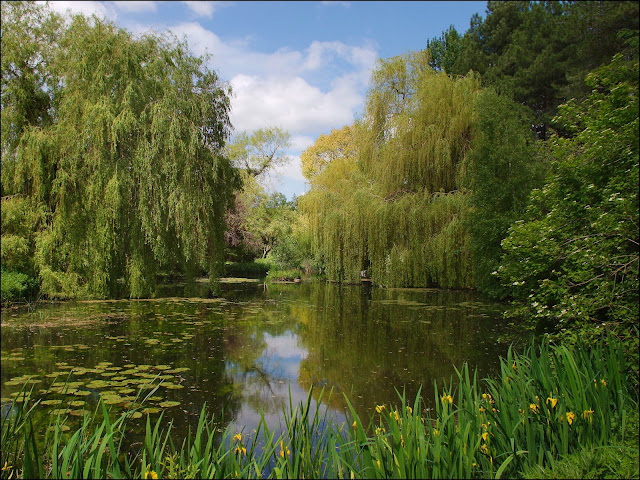The cowslips have almost gone now. It was just over a month ago when I was kneeling and rolling in the dewy grass on the "moor" trying to find precisely the right angle to show their poise and beauty. But as the cowslips leave, the buttercups spring up to replace them and I return to repeat my gymnastics on their behalf.
It's not really a moor of course, just some badly drained rough summer pastureland, but that's the local name for such places. At first sight it doesn't look very interesting.
I make my way, slowly and thoughtlessly, in haphazard fashion, stooping here and there to examine whatever catches my eye. And I seem to be becoming addicted to clamping the long lens on the camera and throwing foregrounds and backgrounds into hazy confusion.
My one and only reader from Japan* (as far as I know) left a comment on a recent blog about the word "bokeh", which photographers use to describe this dreamy out-of-focus effect. Apparently when it's things close to the lens that are blurred it should be referred to as "mae-bokeh" ("front bokeh"). She also adds that it's derived from "bokeru", meaning blurred or senile!
My blurred and senile eye failed to notice the miniscule scrap of life clinging on to the grass stem. It's amazing how often that happens, even when I concentrate hard on what I'm doing.
Aha, the sheep are back! The rather raggle-taggle flock of sheep has once again been put out to graze the eastern part of the moor, beyond the little arch that leads beneath the railway line. I'd better be careful where I kneel in this part of the meadow now. These are Manx Loghtan sheep from the Isle of Man.
And what sort of sheep is this? A very woolly one.
But the above (no woolly answers here) is the flower of a White Campion. The field which last year was full of colourful wild flowers has this year been ploughed up, but a generous border has been left untilled and a walking path mown around the edge.
Cow Parsley along the field edge, like foam brought by the incoming tide. A dandelion "clock" set me to wondering what the time was. Oh dear, I seem to have spent over three hours in some kind of suspended reality - though I'm sure it's done me nothing but good. If it were not for the protests of a hungry stomach I'd gladly tarry longer.
Take care.
* "my one and only reader from Japan" is better known as Yoko or "stardust" and has a quite wonderful blog which you can follow by clicking on the link to "Stardust Talk". One of the more beautiful places in blogland.































































